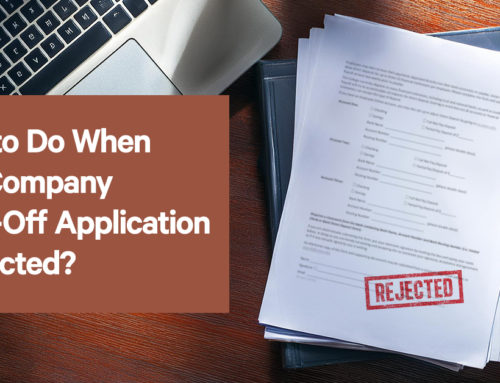If you are a director of a limited company, you have the ability to borrow money from the business, i.e. make a withdrawal, as long as it’s not for a dividend, salary or repayment of an expense, and it’s not money you’ve loaned or paid into the company.
Each director of a limited company has their own individual director’s loan account (DLA) and all withdrawal transactions must be recorded accordingly. It might sound simple but in reality, a director’s loan can add accounting and tax complications. So, what exactly is a director’s loan and how does it work?
What is a director’s loan?
A director’s loan is, as it implies, a loan from the limited company to one of its director’s. There could be any number of reasons why a director wishes to take out a loan from the company but the two most common are:
- Borrowing money from the company to help the director with a personal temporary cash flow issue outside of the company’s business.
- The company is owner-managed and the sole director is paid by payroll in part (generally up to the National Insurance (NI) threshold and in part by dividends but to help with personal monthly cash flow needs, the director is entitled to withdraw a specific amount from the company every month. This is essentially a loan from the company until the sum is sufficient to be able to offset the loan against the declared dividend.
All withdrawal transactions must be recorded on the director’s own personal DLA and this includes any sums paid to the director’s family, business partners, friends or anyone else associated with the director if the company is a ‘close company’ and they are ‘private payments’.
Is there a limit on how much you can borrow with a director’s loan?
Technically, there is no set limit on how much a director can borrow from the company but if, at the time of submitting yearly accounts, the loan has not been paid back to the company, the DLA will be considered overdrawn and may incur a tax liability. In addition, the Companies Act 2006 requires loans of more than £10,000 to be approved by shareholders. However, as the director and shareholder are usually the same person, this is not usually a problem except for the fact that the company must treat the loan as a ‘benefit in kind’ and there the director will have to pay tax on the loan at the current official rate of interest (which is 2.5% per annum at the moment).
Another aspect to consider is that if the company enters insolvency and the director’s loan is still outstanding, the amount owed by the director is termed as a debtor by the insolvency practitioner/liquidator. As such, the director will be required to personally repay the director.
What’s the time period for paying back a director’s loan?
In essence, the longer you take to pay back the loan, the greater the tax burden both personally and on the company. However, a time period of nine months before the company’s accounting year end can be applied as follows:
- Within nine months prior to year end – if you pay back the loan within nine months of the company’s year end, the director will not be required to pay any tax on the loan. Although the loan has been paid back, the company has to declare the loan to HMRC using form CT600A, which should show a zero loan balance at the end of the accounting period on the company’s tax return. The company will not incur corporation tax on the loan unless:
- The original loan was over £5,000 and the director took a further £5,000 loan from the company 30 days or less before or after the loan was repaid – 32.5% corporation tax on the original loan is applicable.
- The original loan was over £15,000 and they took another loan from the company after the first loan had been repaid – 32.5% corporation tax is applicable on the original loan.
- More than nine months after year end – if you pay back the loan after the nine months to the company’s year end, again the director doesn’t pay any personal tax but the company is not only liable for 32.5% corporation tax on the loan amount but will also have to pay the added interest until the loan is repaid.
If you take a director’s loan for £10,000 or more, if the director owes that amount or more at year end, it is considered a benefit in kind and Class 1 National Insurance will need to be paid on the total loan amount (currently 13.8%). The company will be required to complete form P11D and submit to HMRC as part of its account reporting. In addition, the director will need to record the ‘benefit’ as part of their Self-Assessment. HMRC may also ask the director to pay tax on the loan at the official rate of interest. In addition, if the company charges the director interest on the loan and it is below the official rate of interest, not only is it considered a benefit in kind, HMRC may also expect the director to pay tax on the interest difference.
What happens if the DLA is in credit?
If the DLA is in credit, i.e. a director has paid money into the company to pay for a business expense or to expand, the company is not liable for any corporation tax on the credit amount. However, if the director charges the company interest on the loan, the company has a responsibility if:
- It is a business expense and the company pays the director interest minus income tax (20%), and it is reported with income tax paid per quarter via form CT61;
- It is personal income for the director and it is reported on their Self-Assessment.
Whilst a director is able to withdraw on the credit balance at any time, every transaction must be recorded on the director’s DLA.
If you are an executor or family member of an insolvent deceased’s estate and you’re struggling to deal with creditors and manage probate of the estate, the first step is to seek professional advice. Our highly experienced professionals at Leading are on hand to help with advice on administering insolvent estates as well as insolvency matters. Contact us today and discover how we can help you.






